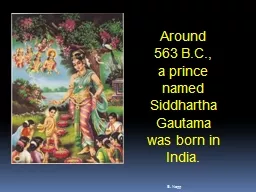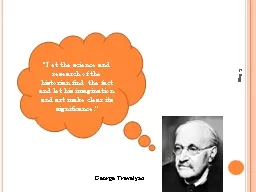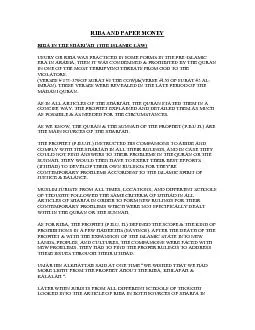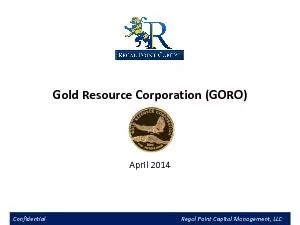PPT-E. Napp “Gold and silver, like other commodities, have an intrinsic value, which is
Author : debby-jeon | Published Date : 2018-09-25
David Ricardo Born with a Silver Spoon The Origin of World Trade in 1571 Title Born with a Silver Spoon The Origin of World Trade in 1571 Written by Dennis O Flynn
Presentation Embed Code
Download Presentation
Download Presentation The PPT/PDF document "E. Napp “Gold and silver, like other c..." is the property of its rightful owner. Permission is granted to download and print the materials on this website for personal, non-commercial use only, and to display it on your personal computer provided you do not modify the materials and that you retain all copyright notices contained in the materials. By downloading content from our website, you accept the terms of this agreement.
E. Napp “Gold and silver, like other commodities, have an intrinsic value, which is: Transcript
Download Rules Of Document
"E. Napp “Gold and silver, like other commodities, have an intrinsic value, which is"The content belongs to its owner. You may download and print it for personal use, without modification, and keep all copyright notices. By downloading, you agree to these terms.
Related Documents














